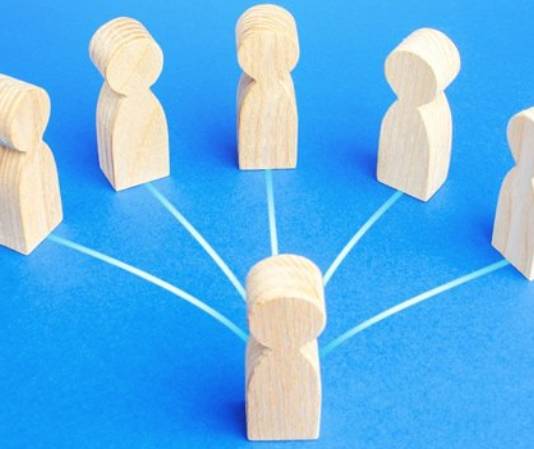
Team creativity has been an emerging focus area for organizations wanting to adopt agile ways of working and diffuse innovation as a central theme to remain competitive in the dynamic environment. The challenge however is to manage the innovation and creative process in the team where the typical techniques have been to look at the team composition.
The real problem however may be in the social exchange pattern of your STAR employees!!
The nature of work is changing and becoming more complex owing to automation. The simpler, predictable, and algorithm-based problems are getting automated, leaving the complex problems to be solved by human intervention. Solving complex problems very often requires thinking out of the box and coming up with unconventional solutions, translating solutions from one context to another and even designing a new solution. With the changing nature of work, solutions to complex problems will not come by one individual or STAR performer, rather it will require a collective effort of the team, which in many occasions are cross functional in nature.
These changes in work are prompting organizations to look at creativity as the next big thing where the workforce needs to be upskilled. Well designed creativity enhancing trainings or modules can only deliver as much. If the day-to-day moments that matter are not addressed by way of social interactions, then we are leaving team creativity building up to chance.
When we talk of team creativity, we have traditionally looked at it from team composition perspective, indicating that if we need to enhance the creativity quotient of the team, then we must staff the team with creative individuals. This notion has been challenged in research for the following two reasons:
1. Team creativity is more that sum of individual creativity
2. Emergence of team creativity requires social exchange
The STARS in any organization are synonymous with high performance, either individually or by leading teams to achieve higher performance. One of the expectations from STAR performers is that they must be able to get the best out of their team and over time the team performance must be also improved sustainably. While this is expected, we have also seen that exit of STAR performers causes a fall in the performance of the team. Why would that be? Social exchange perhaps provides answers to this problem.
In many teams, we observe that the STAR performers are at the centre of the team’s network – meaning that they are in the thick of action and know the skills and knowledge possessed by the team members. From this point onwards, STARs can be both a boon and a bane for the teams. For the sake of example, let the STAR be called Sara!!
Sara is the most creative individual in the team. The team is enabling the Sara to execute the ideas and supporting the execution. Sara is essentially rallying the team and getting the work done through exchange of information, knowledge, and skills.
In this scenario, the team’s performance is solely dependent upon the Sara’s ideas and her information about all the team members skills. The performance is coming by extracting the right skills from all team members. Naturally in this process, other team member’s creativity is inhibited and many a times their learning is directly proportional to the knowledge transferred by the Sara.
In this case the role of the Sara is to extract the existing resources of the team or network to get own work done.
Sara is at the centre of the network. Sara’s contribution is amplified when she integrates various ideas and skills of the team member to solve a problem. Sara plays the active role of the integrator of ideas and in the process, she is also transferring the knowledge and building upon the existing knowledge of each team member. The contribution of Sara in this case of towards the network which enables a holistic capability development of the team – and a sustainable one too.
While organizations typically identify STAR performers, like Sara, based upon the performance trend, it will be useful to understand the work styles and social exchange patterns of the STARs and prevent them from becoming a bane to the organization.
What are the social exchange patterns of the STARs in your organization?
References
Li, Y., Li, N., Li, C., & Li, J. (2020). The Boon and bane of creative “stars”: A social network exploration of how and when team creativity is (and is not) driven by a star teammate. Academy of Management Journal, 63(2), 613–635.
Contact us! We are just a click away.